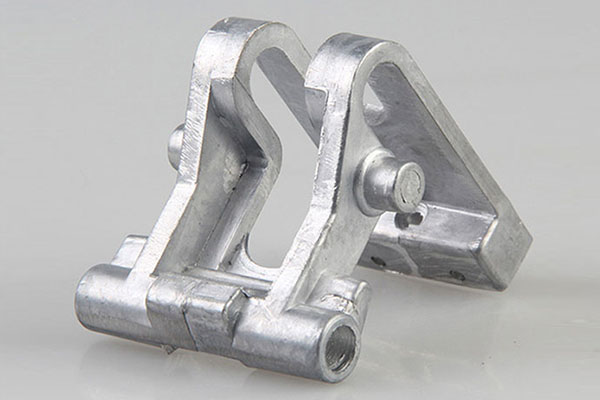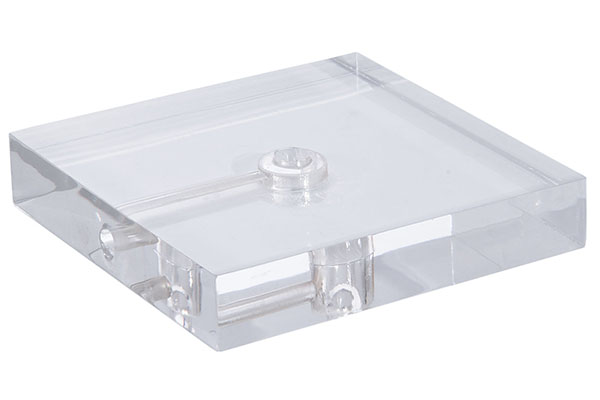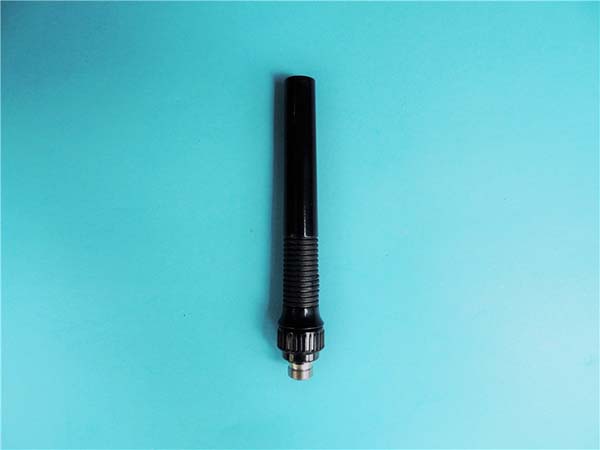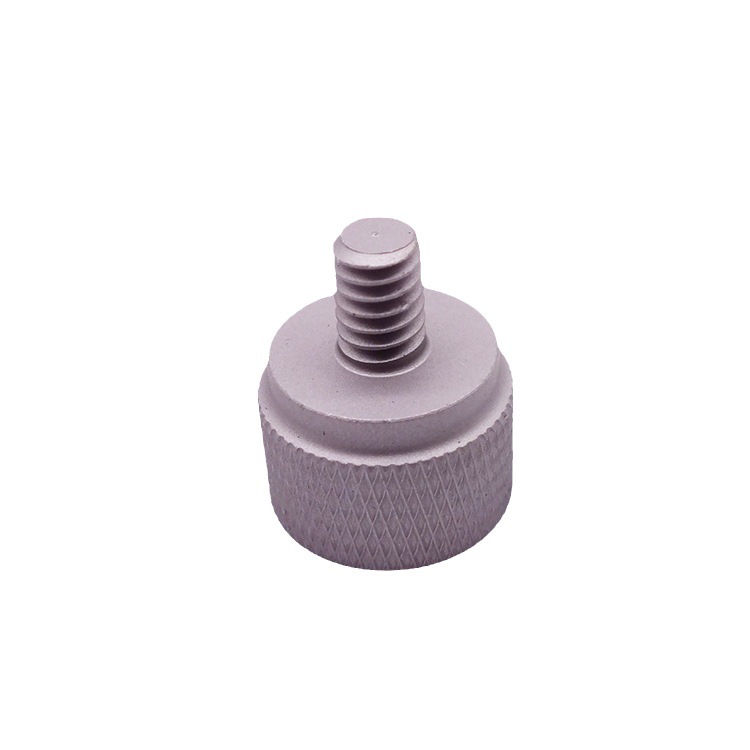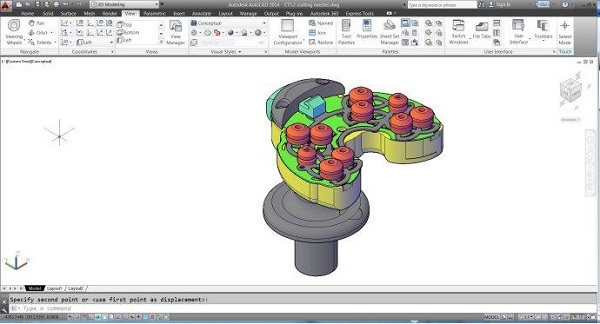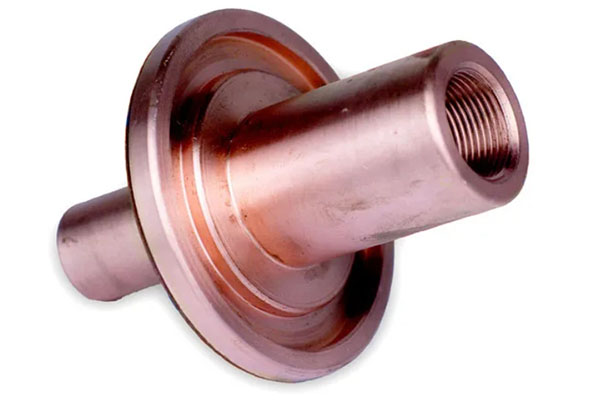Introduction
The Significance of Plastic Prototyping in Product Development
Plastic prototyping plays a crucial role in minimizing risks associated with product development. By creating a physical model early in the design process, companies can identify and rectify design flaws, functionality issues, and aesthetic concerns before investing substantial resources in full - scale production. It enables designers and engineers to test and validate their concepts, gather feedback, and make iterative improvements, leading to higher - quality end - products. Moreover, in industries with rapid technological advancements and short product life cycles, such as consumer electronics and automotive, the ability to quickly produce prototypes gives companies a competitive edge, allowing them to bring products to market faster and respond more effectively to changing market demands.
Definition and Basics of Plastic Prototyping
Plastic prototyping refers to the process of creating a physical representation of a product design using plastic materials. This is achieved through a variety of manufacturing techniques, each with its own set of advantages and applications. It is distinct from traditional prototyping methods in several ways.
Traditional prototyping often involves time - consuming and expensive processes like tooling and molding. For Yigu Technology example, in traditional injection molding for prototyping, creating a mold can be a complex and costly affair, often taking weeks to complete. This not only delays the product development cycle but also requires a significant upfront investment. In contrast, plastic prototyping, especially with the advent of technologies like 3D printing and CNC machining, offers a more agile and cost - effective alternative.
3D printing, also known as additive manufacturing, builds a prototype layer by layer from a digital 3D model. It allows for the creation of highly complex geometries that would be extremely difficult or even impossible to produce with traditional methods. For instance, parts with intricate internal structures or lattice patterns can be easily printed using 3D printers. CNC (Computer Numerical Control) machining, on the other hand, is a subtractive manufacturing process. It uses automated tools to carve, mill, or drill plastic blocks into the desired prototype shape. CNC machining is highly precise and is ideal for creating prototypes that require tight tolerances and high mechanical strength. These modern plastic prototyping techniques enable faster design iterations, reduced costs, and greater design flexibility, making them essential tools in modern product development.
Key Technologies and Materials in Plastic Prototyping
3D Printing Technologies
Fused Deposition Modeling (FDM)
Fused Deposition Modeling (FDM) is one of the most prevalent 3D printing techniques in plastic prototyping. It operates on a relatively straightforward principle. The process begins with a spool of thermoplastic filament, which is gradually fed into a heated nozzle. As the filament enters the nozzle, it is melted, and the nozzle, guided by a computer - controlled motion system, extrudes the molten plastic layer by layer. Each layer is precisely deposited onto the previously printed layer, adhering to it as it cools and solidifies. This layer - by - layer deposition continues until the entire three - dimensional prototype is complete.
One of the primary advantages of FDM is its cost - effectiveness. The equipment required for FDM, especially desktop 3D printers, is often more affordable compared to other 3D printing technologies. This makes it accessible to small - scale businesses, hobbyists, and educational institutions. For Yigu Technology example, a basic desktop FDM 3D printer can be purchased for as little as a few hundred dollars, while more advanced industrial - grade models are still relatively less expensive than some high - end SLA or SLS printers.
Stereolithography (SLA)
Stereolithography (SLA) is a 3D printing technology that uses a different approach compared to FDM. It operates based on the principle of photopolymerization. In an SLA printer, a vat is filled with a liquid photopolymer resin. A high - precision ultraviolet (UV) laser is then used to selectively cure the resin layer by layer. The laser beam traces the cross - sectional shape of each layer of the 3D model onto the surface of the resin. As the laser hits the resin, it causes a chemical reaction, solidifying the resin in the desired pattern. After one layer is cured, the build platform is lowered slightly, and a new layer of resin is spread over the previously cured layer. The process repeats until the entire 3D object is formed.
One of the most significant advantages of SLA is its high precision. It can achieve extremely fine details and smooth surface finishes. The layer thickness in SLA printers can be as thin as a few micrometers, resulting in prototypes with a high level of accuracy. This makes SLA ideal for applications where aesthetics and intricate design are crucial, such as jewelry design, dental applications, and the creation of highly detailed architectural models. For Yigu Technology example, in jewelry design, SLA can be used to create detailed wax - like prototypes of jewelry pieces. These prototypes can then be used in the lost - wax casting process to produce high - quality metal jewelry with intricate patterns and smooth surfaces.
SLA also offers a relatively fast printing speed compared to some other 3D printing methods, especially when printing small to medium - sized objects. The ability to quickly produce a high - quality prototype is a significant advantage in industries with short product development cycles.
However, SLA also has its drawbacks. The equipment and materials for SLA are generally more expensive than those for FDM. The liquid photopolymer resins used in SLA can be costly, and the SLA printers themselves often require a higher initial investment. Additionally, the post - processing of SLA - printed parts can be more involved. After printing, the part needs to be thoroughly cleaned to remove any uncured resin, and it may also require additional curing under UV light to ensure full polymerization.
Selective Laser Sintering (SLS)
Selective Laser Sintering (SLS) is another important 3D printing technology in plastic prototyping. It uses a laser to sinter powdered materials, typically plastics, into a solid form. The process starts with a bed of powdered material. A roller spreads a thin layer of powder across the build platform. The laser then scans the powder bed, selectively melting and fusing the powder particles together according to the cross - sectional shape of the layer being printed. As the laser moves, it sinters the powder, creating a solid layer. Once a layer is completed, the build platform is lowered, and a new layer of powder is spread on top. This process continues until the entire 3D object is built.
One of the key advantages of SLS is its ability to handle complex geometries without the need for additional support structures. Since the unsintered powder provides natural support for the sintered layers, SLS can create parts with overhangs, internal cavities, and intricate lattice structures with relative ease. This makes it suitable for applications where complex designs are required, such as in the aerospace and automotive industries. For Yigu Technology example, in aerospace, SLS can be used to create lightweight yet strong components with complex internal geometries. These components can help reduce the weight of aircraft, improving fuel efficiency and performance.
SLS also offers good mechanical properties for the printed parts. The sintered parts often have high strength and durability, making them suitable for functional prototypes and even some low - volume production applications. The materials used in SLS, such as nylon - based powders, can provide excellent mechanical performance, including high impact resistance and good heat resistance.
However, SLS has some limitations. The equipment is expensive, and the operating costs, including the cost of the powdered materials and the energy required to run the laser, can be high. Additionally, the surface finish of SLS - printed parts may not be as smooth as that of SLA - printed parts, although it is generally better than FDM. Post - processing, such as sandblasting or tumbling, may be required to improve the surface finish.
According to a study by Wohlers Associates, the use of SLS in the automotive industry for prototyping has been increasing steadily. In 2023, approximately 30% of automotive prototypes were produced using SLS technology, up from 20% in 2018. This growth is attributed to the technology's ability to create complex, functional prototypes quickly and cost - effectively compared to traditional manufacturing methods.
CNC Machining for Plastic Prototyping
CNC (Computer Numerical Control) machining plays a vital role in plastic prototyping, especially when high precision and durability are required. CNC machining is a subtractive manufacturing process. It starts with a solid block of plastic material, which can be in the form of a rod, sheet, or block. The CNC machine uses a variety of cutting tools, such as end mills, drills, and lathes, to remove material from the block in a controlled manner. The movement of the cutting tools is precisely controlled by a computer program, which is based on a 3D model of the prototype. This allows for the creation of highly accurate and detailed prototypes.
Commonly used plastic materials for CNC machining include Delrin (acetal), nylon, and PEEK (Polyether - ether - ketone). Delrin is known for its high strength, stiffness, and excellent dimensional stability. It is often used in applications where precision parts are required, such as in the production of small gears and mechanical components. Nylon, on the other hand, offers good strength, flexibility, and wear resistance. It is suitable for prototypes that need to withstand repeated stress or friction, such as bushings and bearings. PEEK is a high - performance plastic with exceptional heat resistance, chemical resistance, and mechanical strength. It is used in applications where the prototype will be exposed to harsh environments, such as in the aerospace and medical industries.
Compared to 3D printing, CNC machining generally offers higher precision. CNC machines can achieve tolerances in the range of ±0.01 mm or even better, depending on the machine and the complexity of the part. This makes it suitable for applications where tight tolerances are critical, such as in the production of parts for medical devices or high - end consumer electronics. In contrast, while 3D printing technologies have made significant progress in precision, they often have higher tolerance limits, especially for FDM - based printers.
CNC machining also provides a better surface finish in many cases. The cutting process can produce a smooth surface, reducing the need for extensive post - processing. However, CNC machining can be more time - consuming and expensive for complex geometries, especially when compared to 3D printing. For example, creating a part with intricate internal structures using CNC machining may require multiple setups and complex machining operations, which can increase the production time and cost. In such cases, 3D printing, particularly SLS or SLA, may be a more suitable option.
Commonly Used Plastic Materials
ABS (Acrylonitrile Butadiene Styrene)
ABS is a widely used thermoplastic material in plastic prototyping. It is a copolymer composed of acrylonitrile, butadiene, and styrene monomers. This unique combination gives ABS a set of desirable properties. It has excellent impact resistance, which means it can withstand sudden impacts without breaking or cracking easily. This makes it a popular choice for applications where the prototype may be subject to mechanical stress, such as in the production of automotive parts, electronic device housings, and toys.
ABS also offers good heat resistance, with a glass transition temperature typically around 105°C. This allows prototypes made from ABS to maintain their shape and integrity under moderate heat conditions. In addition, ABS has good dimensional stability, which is crucial for ensuring that the prototype accurately represents the final product design.
The material is easy to process, both in traditional manufacturing methods like injection molding and in modern 3D printing processes such as FDM. In 3D printing, ABS filaments are readily available and can be used to print prototypes with relative ease. Its good flow properties during processing enable the creation of complex shapes with high precision.
Polycarbonate (PC)
Polycarbonate is a high - performance plastic known for its exceptional strength and impact resistance. It has one of the highest impact strengths among common plastics, making it suitable for applications where the prototype needs to endure high - stress conditions. For Yigu Technology example, in the construction of safety helmets, polycarbonate is often the material of choice due to its ability to absorb and distribute impact energy effectively, protecting the wearer's head.
PC also has excellent optical clarity, similar to that of glass. This property makes it ideal for applications where transparency is required, such as in the production of lenses, light covers, and display screens. In addition, it has good heat resistance, with a heat - deflection temperature of around 130 - 140°C, depending on the grade. This allows prototypes made from polycarbonate to be used in environments with elevated temperatures without significant deformation.
PETG (Polyethylene Terephthalate Glycol)
PETG is a copolymer that combines the strength and heat resistance of polycarbonate with the ease of processing of ABS. It has good mechanical properties, including high tensile strength and elongation at break. This makes it suitable for applications where the prototype needs to have both strength and flexibility.
PETG also offers excellent chemical resistance, which means it can withstand exposure to a wide range of chemicals without degrading. This property is useful in applications where the prototype may come into contact with various substances, such as in the production of chemical containers or laboratory equipment.
In 3D printing, PETG is becoming increasingly popular due to its ease of use. It has good layer adhesion, which results in strong and durable prints. The material also has a relatively low warping tendency compared to some other plastics, making it easier to print large or complex parts.
Conclusion
In Yigu Technology conclusion, plastic prototyping pioneers are having a profound and far - reaching impact on the future of product development. Through the innovative application of advanced technologies and materials, they are reshaping the way products are designed, tested, and brought to market.
The key technologies in plastic prototyping, such as 3D printing (FDM, SLA, SLS) and CNC machining, along with a diverse range of materials like ABS, polycarbonate, and PETG, have provided unprecedented opportunities for product development. These technologies and materials offer a balance of cost - effectiveness, speed, precision, and design flexibility that was previously unattainable with traditional prototyping methods.
The case studies of companies in various industries, from automotive to medical devices and consumer electronics, clearly demonstrate the significant benefits of plastic prototyping. It enables faster product development cycles, reduces costs, and improves product quality. By allowing for rapid iteration and testing, plastic prototyping helps companies to identify and address potential issues early in the design process, ultimately leading to more successful product launches.
Frequently Asked Questions
1. What are the primary benefits of plastic rapid prototyping?
Plastic rapid prototyping offers numerous benefits, including faster production times, reduced costs, the ability to test functionality and design before full-scale production, and enhanced flexibility for iterative design processes. It allows businesses to bring products to market more quickly, improve product quality, and optimize designs.
2. What types of plastic materials are commonly used in rapid prototyping?
Common materials include ABS, polycarbonate, PETG, nylon, and various photopolymers used in SLA and SLS. The choice of material depends on the prototype’s strength, flexibility, durability, and thermal requirements.
3. What are the main challenges associated with plastic rapid prototyping?
Challenges include material limitations that may affect the prototype's strength and durability, the need for additional post-processing to improve surface finishes, and the requirement for specialized equipment. Additionally, large prototypes may require assembly from smaller parts, complicating the process.
